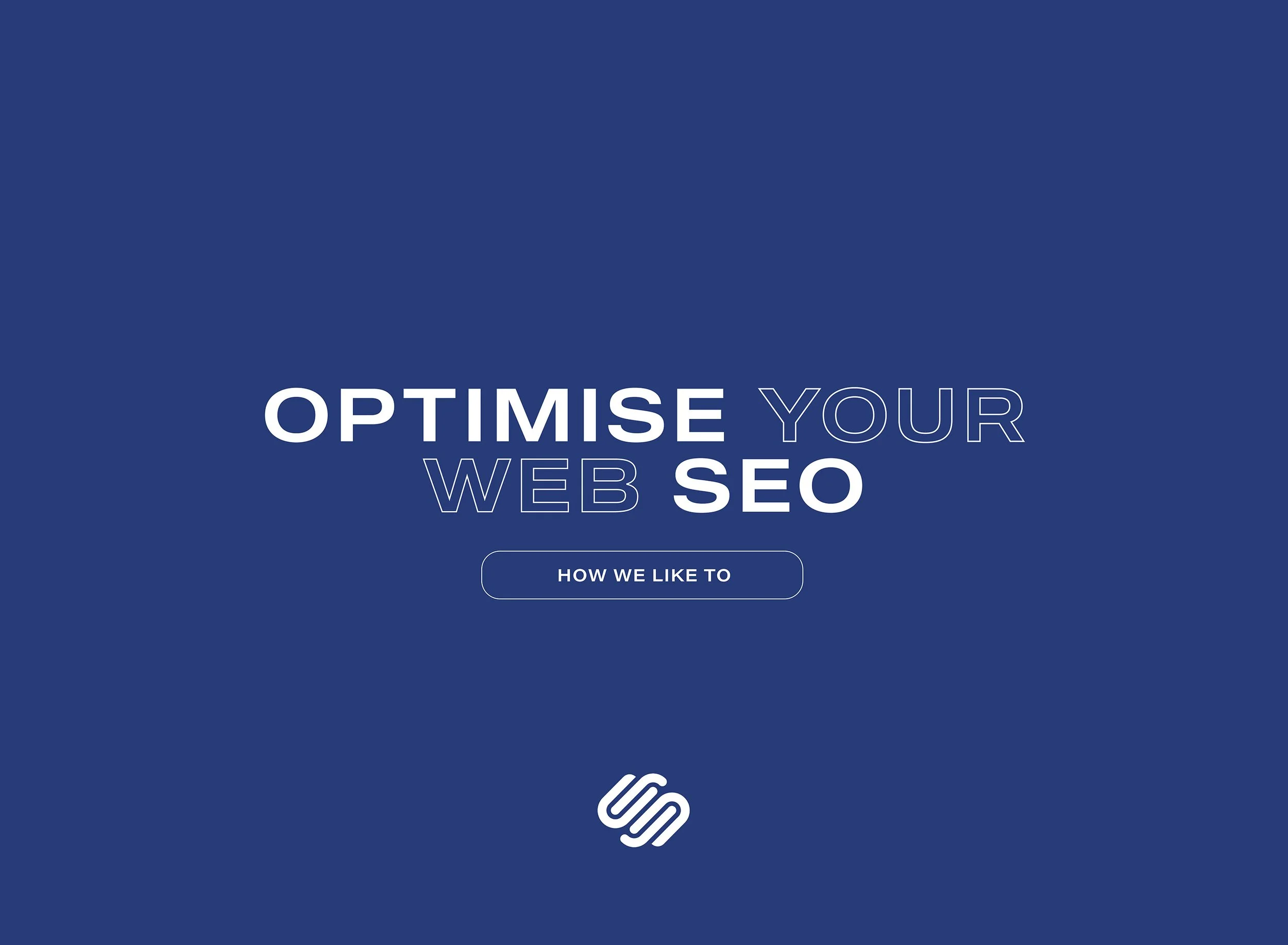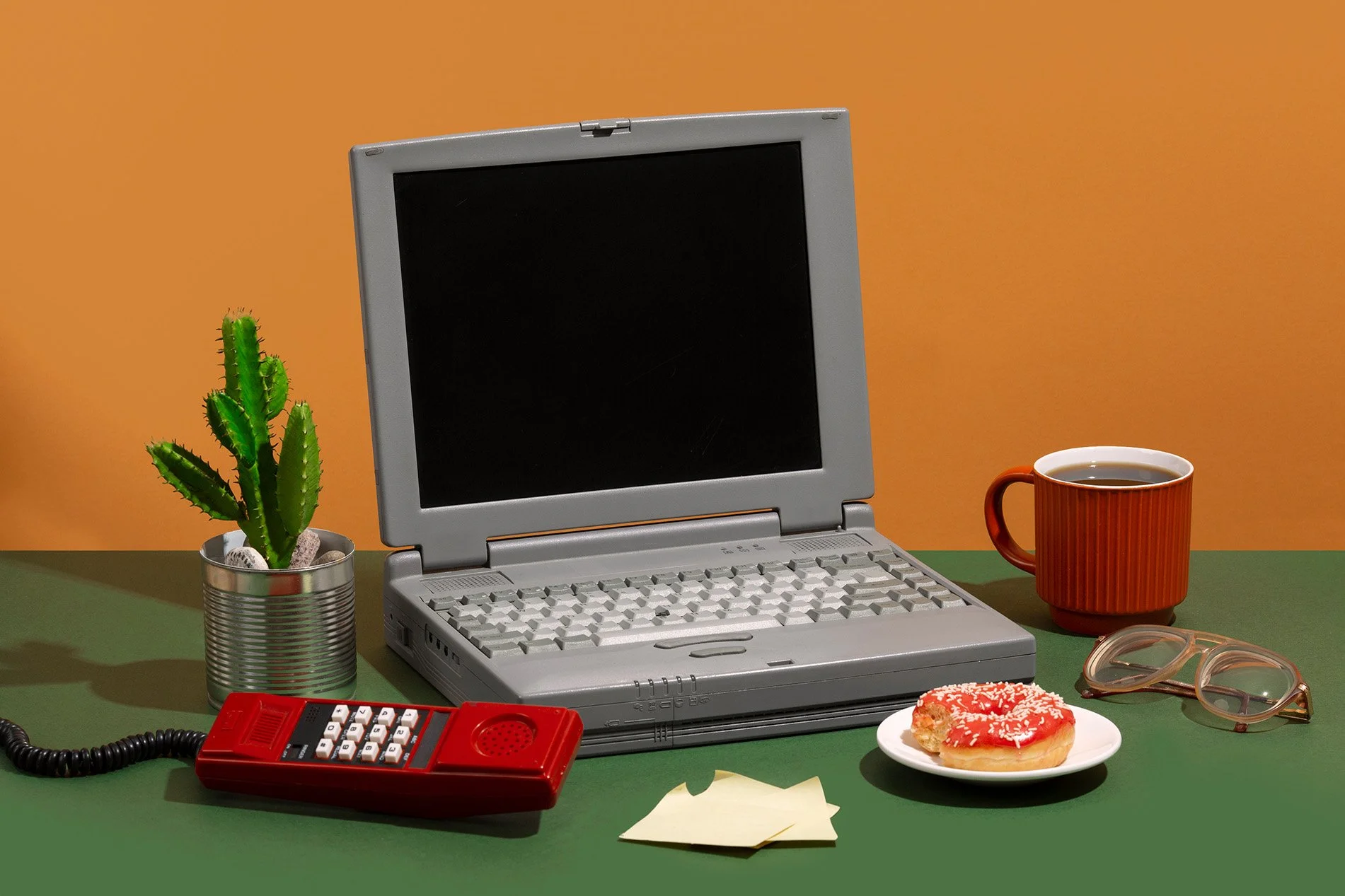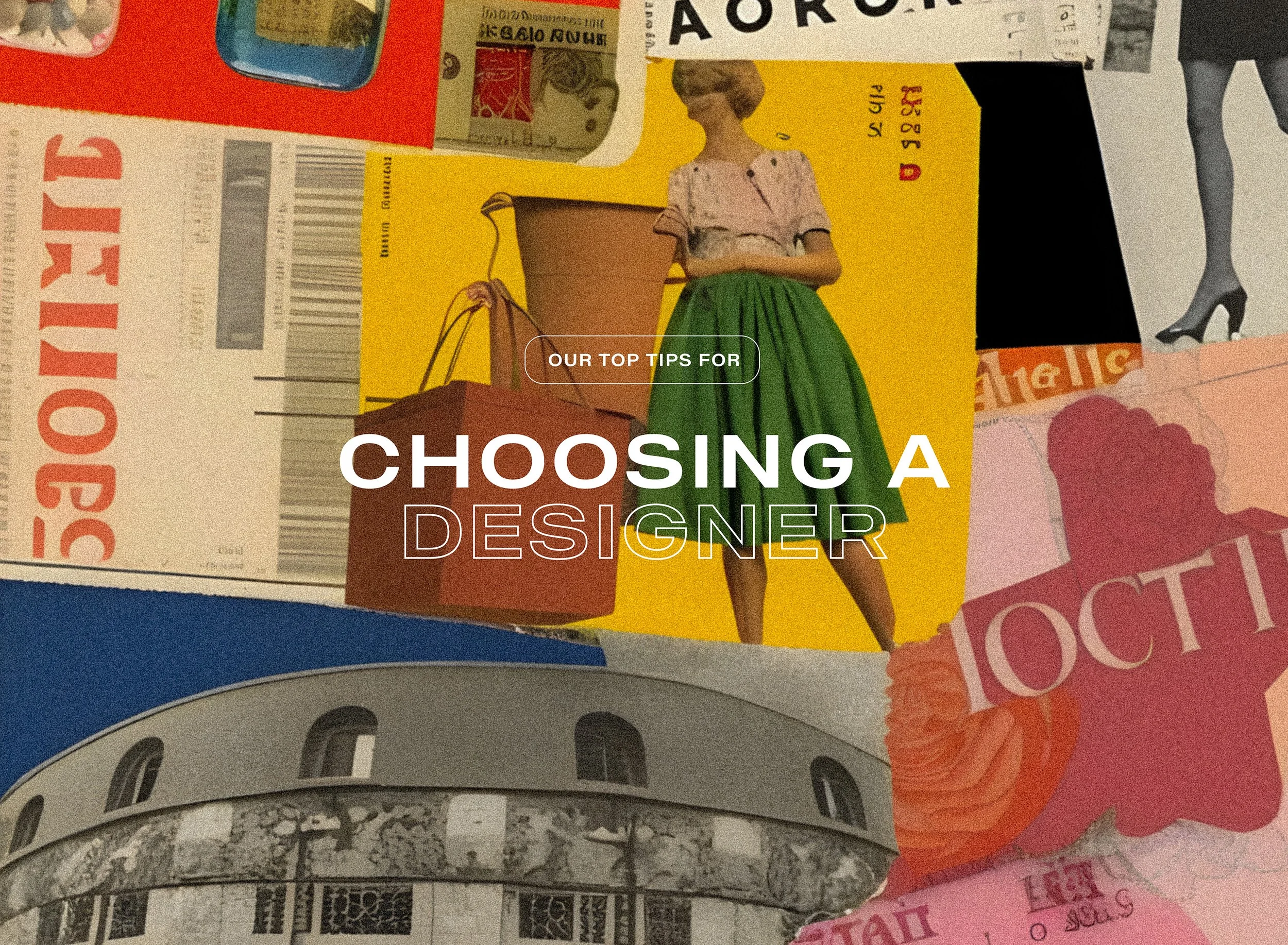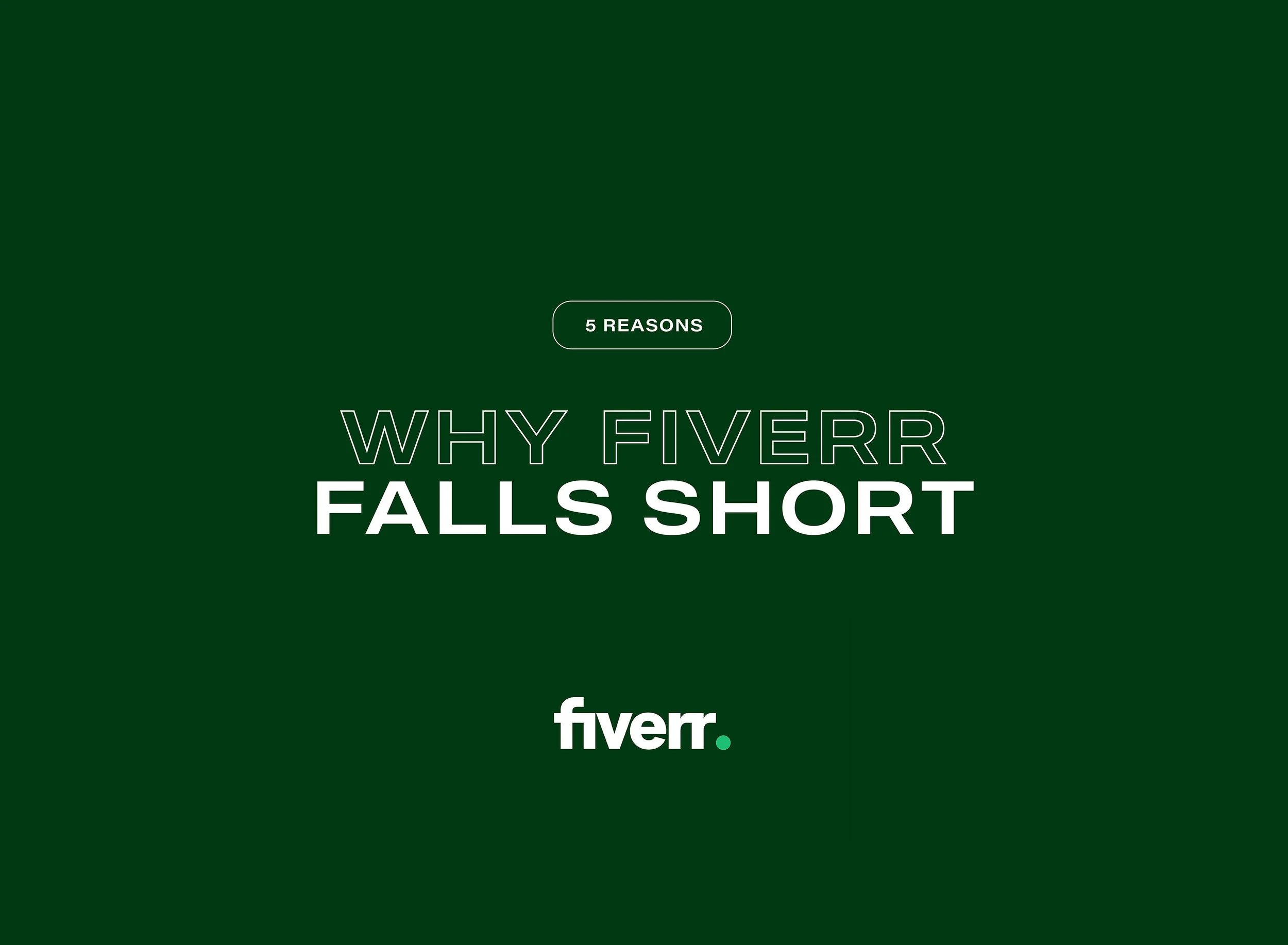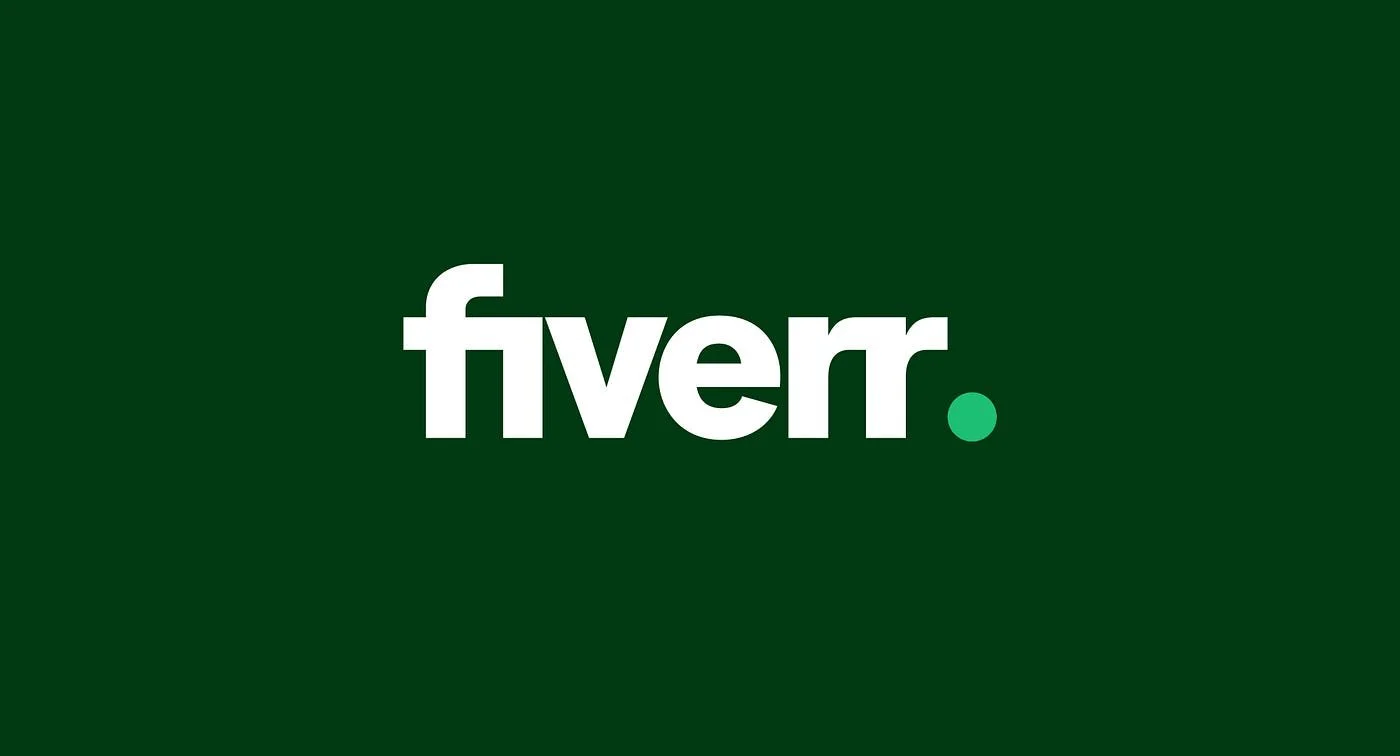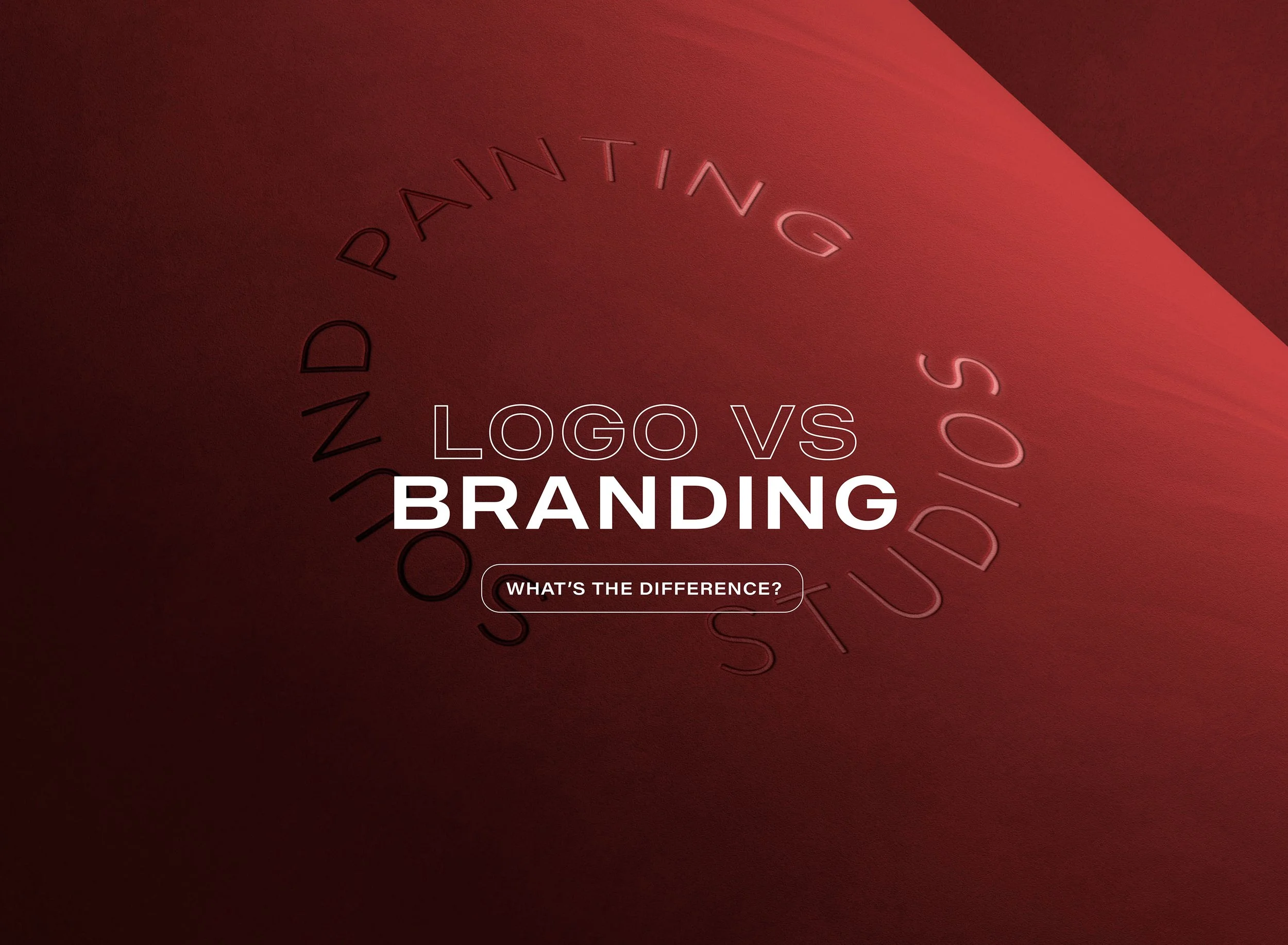OPTIMISING OUR CLIENTS WITH SEO
Wondering how we rank your MONOCROW built Squarespace website? Here we get into the nitty-gritty with our SEO inclusions and strategies used to organically bump you in your search engine.
HOW WE GET YOU TO APPEAR ORGANICALLY IN YOUR SEARCH ENGINE
At MONOCROW, we use a range of techniques to assist with the discoverability of your brand and insist that we tick all the available boxes organic strategies can tick before moving on to paid rank placement in your search engine.
Organic placement does take time, but whether you pay for Google Ads and Ranking or not, SEO optimisation and strategies are a must for successful launch and discovery foundations for your website.
We created this post to provide some further in-depth information on our techniques that we implement within client builds. Whilst this doesn’t touch on everything, it covers major ground in what is included and at what levels.
WHAT WE CREATE AND DESIGN WITH
Which platform we choose depends on your industry and requirements as a business as we believe some platforms do things better than others. For instance, we lean away from WordPress as it was initially intended as a blog platform similar to the Tumblr days. Whilst it has come a long way, we find it isn’t very user-friendly when clients want to manage their own platforms and make small changes.
For E-commerce related businesses we do prefer to design over on Shopify as they dominate in this space and offer a lot more tools and support in the selling of products and SaaS (Subscription) businesses.
However, our go-to for all service-based, creative or portfolio style business is definitely Squarespace. Studies have shown that businesses are moving towards low or no-code websites for ease of maintenance, lower running costs and successful conversions. We find Squarespace strikes the perfect balance of aesthetic and function.
SEO & SQUARESPACE
We also love it for its in-built functions which begin as the basis for our inclusions and the start of your website’s SEO journey. All sites include:
Sitemaps - Squarespace sites come with an automatic XML sitemap. Your sitemap usually stays current and includes all URLs and metadata for SEO-friendly indexing.
SSL Certificates - Squarespace offers free SSL certificates so site visitors have a secure connection for their entire visit. It’s also why your site will start with Https.
Mobile-friendly - Responsive design. Meaning your content will automatically resize to fit various devices and screen widths which is crucial for Google Search.
Clean HTML and URLs - HTML markup and URLs are indexed with ease.
Robots.txt - This file is built for you, but can optionally block web crawlers.
Without explaining crawlers, essentially Google is able to search your website for attributes/words/functions and deem them appropriate for certain search results. Without these in place it can stop you from appearing at all.
ON-PAGE Optimisation - KEYWORDS & MORE
By collating potential consumer data, we’re able to utilise possible answers, content or information that they would be seeking via Google Search. This is known as keywords and on-page optimisation. This ensures organic foot traffic and when done correctly can be all you need to rank depending on your location and industry.
The way we do this successfully is by being aware of how smart search engine’s are becoming. Developments in technology can now decipher when content is considered disingenuous. In other words, it can tell when keywords are used for SEO purposes and when it is used authentically within your information. Google prefers quality content that provides value to the person searching.
Keyword placement - We place your keyword data within different layers and levels of your site as part of on-page optimisation (titles, tags and metadata to name a few). We also consider accessibility which is becoming increasingly important and includes things like alternative text and specific structure of content. Making sure it is visually coherent, functional and adaptable.
Internal Linking - is also utilised as a funnel for your website and for Google to assess your credibility as a search solution. The more websites we can have linked to your newest build, the better the result.
Accessibility - By writing content that addresses searcher intent, we’re able to boost organic reach and put your website in front of more customers. We focus on quality over quantity with page numbers and ensure easy functionality whilst adhering to the aesthetics of your business or brand.
IMAGE QUALITY, load times AND MOBILE layout
SEO can also be influenced by your websites load time. A faster load time will not only keep customers engaged for longer but will see a better search result as Google deems the site more user-friendly. We ensure your images are of the highest quality without budging your load times.
Our favourite feature of our Squarespace sites is the option to design specifically for Desktop and Mobile. It provides two separate layouts to accomodate for phone and computer usage, allowing your site to look 100% on every device. This does mean we create two separate builds of every website we create in order for it to appear perfectly across desktop and mobile.
Google is progressively favouring sites that function well on mobile as it contributes to more than 60% of online traffic.
FURTHER STRATEGIES
Some more advanced and complex options that are dependent on the type of website and subscription are as follows - Highlighted is what we would recommend and what has seen result:
Schema Markup - Is a type of code that can inform search engines about a page.
Multilingual Website Tags
Optimising for Google Voice Searches - Utilising lower page speeds and content that would respond to a voice search with the focus on user-intent.
Building Custom 404
Submit your Sitemap to Google - AKA Sign-up for Google Console and Google Analytics.
This helps verify your website and other profiles such as Google Business.From here we would advise professional paid ad assistance.
Looking for your next web designer
HOW TO: CHOOSE YOUR DESIGNER
These are our quick tips in choosing the best Graphic Designer for your business or project! We touch on chemistry, level of expertise, graphic style and more in order to assist you with making the best decision for your investment.
Brilliant design not only comes from experience and creativity level, but an understanding of deeper working relationships between clients and designers. We have narrowed it down to our top 5 things you should consider when shopping for your next designer, photographer or creative professional.
PROFESSIONAL CHEMISTRY
Noting the importance we put on chemistry in our personal lives, it’s a wonder that business owners don’t follow the same rule in business. Perhaps because chemistry is immeasurable and difficult to align against a monetary goal. However, having chemistry in a professional setting ensures that you’re conducting business with someone you like, know and trust. At MONOCROW, we set an initial meeting either in-person or over zoom to discuss your project and see if we’d be a good fit as your designers.
Design outcomes often suffer without professional chemistry. The chemistry in working relationships is what sets the foundation for trust and allows designers to anticipate and execute the correct creative choices or strategies that align with you, your brand and its goals.
UNDERSTANDING of CLIENT NEEDS
Designers who formulate a deeper understanding of their client’s needs will result in overall better design outcomes. It is integral that your designer gains an understanding of not only the business in question but the individual or group that created it. Why? Because the client knows their industry the best. It is our job as your designer, to listen.
Your designer must be able to discern and understand what your needs are, who your audience or market is, and the project constraints (time, budget, materials, requirements).
TRACK RECORD OR SOCIAL PROOF
Social proof is one of the quickest way to assess your designer’s reputation. Some agencies have ways to create social proof that may be misleading or portray a particular image they wish to sell. So how do we find authentic social proof? Here are a few tips:
1. Google Reviews - Google is heavily monitored and reviews regulated to maintain authenticity. It creates a space that is free from bias and allows for honest feedback amongst businesses. This can be a good gauge on the public opinion of a designer as well as how they respond to feedback that is given.
2. Social Profiles - You can gather a lot of information from social profiles by just knowing what exactly to look for:
Follower Count - Does not directly mean a business with customers. Instead, note who engages with the profile, what content the brand is tagged in and if they collaborate with other brands and business in a positive and ethical way.
Design Brief or Design Work? - You can tell if your designer has worked with a business as opposed to working on a design brief (or passion project) by checking the post’s tags. Designer’s with legitimate turnover will post a range of projects and be inclined to tag and share from those they work with. This implies a real working relationship is present and a reputable portfolio of work.
Passion projects or Instagram ‘Designer Briefs’ are when a profile posts a creative brief for designers and artists to interpret. Designer’s may use these briefs to display creativity and showcase their skills which is a great way to see the level of your designer’s creativity. However, if they only post this kind of work, it means they may not be servicing many (or any) - real business.
3. Referral and Word of Mouth - Seen as the most reliable form of social proof. What do clients who have worked with this designer say about them? What was their experience like?
Overall, ask questions about and research their previous work to better understand how the designer can benefit you and your business.
PROCESS AND FEE STRUCTURE
Different design studios have different design processes. They vary in degree of formality, documentation and account management. It’s best to select a designer with an approach that suits you and your company. A designer’s process and fee structure will communicate the way they conduct business and in what manner.
At MONOCROW, we provide a breakdown of your project costs and provide flexible payment options to allow for varying budget types. We believe all business should have access to quality design, no matter if they are established or still in infancy.
Asking your designer how their fees are structured allows you to budget for other projects as they arise.
VALUE FOR MONEY
It’s the age-old saying but it still rings true. You get what you pay for.
It is unreasonable to expect high budget results if you have a lower scale budget. Conversely, if it is a major project with a larger budget, you will want to be sure that your designer thoroughly understands and can handle the requirements of these kinds of projects and/or workloads.
It should also be said that the final result, artwork or finished product - is never the only value. A designer’s time, level of expertise, attention to detail, ethics, reputation, creative style, exclusivity or influence and approach should all be seen as added value.
Our value is in the extra mile.
Discover why we are rated 5 stars on Google Reviews.
REFERENCE ARTICLE
https://agda.com.au/find-a-designer/how-to-find-a-designerWHY FIVERR FALLS SHORT
In today's digital age, the landscape of graphic design has undergone a profound transformation, with platforms like Fiverr promising affordable and accessible solutions for businesses and individuals seeking design services.
Exploring the Pitfalls of Crowdsourcing Creativity
In today's digital age, the landscape of graphic design has undergone immense transformation, with platforms like Fiverr promising affordable and accessible solutions for businesses seeking design services.
While the idea of quick and budget-friendly designs may be enticing, there are significant drawbacks to relying on platforms like Fiverr for your graphic design needs. We delve into why Fiverr shouldn't be your go-to destination for graphic design and explore the pitfalls of investing in such platforms:
Lack of Quality Control
One of the most glaring issues with Fiverr is the lack of quality control over the designs produced. While there are certainly talented designers on the platform, the low barrier to entry means that anyone can offer their services, regardless of skill level or experience. This often results in a flood of low-quality, generic designs that fail to capture the unique essence of a brand or project.
Limited Communication and Collaboration
Effective graphic design requires clear communication and collaboration between the designer and the client. However, the nature of Fiverr's platform, which emphasizes quick transactions and minimal interaction, can hinder meaningful dialogue and creative exchange. Without the ability to articulate your vision or provide feedback in real-time, the end result may fall short of your expectations.
Intellectual Property Concerns
When you commission a design on Fiverr, you may not have full ownership of the final product. Many designers retain rights to their work or impose restrictions on its use, which can lead to legal complications down the line. Protecting your intellectual property and ensuring that you have the rights to use and modify the design as needed is essential, but it can be challenging to navigate these issues on Fiverr's platform.
Cookie-Cutter Solutions
Graphic design is a highly creative and personalised endeavour, tailored to the specific needs and objectives of each client. However, on platforms like Fiverr, designers often rely on pre-made templates and generic concepts to churn out designs quickly and efficiently. This cookie-cutter approach may result in designs that lack originality and fail to resonate with your target audience.
Undercutting the Value of Design
By commodifying graphic design and driving prices down to rock bottom, platforms like Fiverr undermine the intrinsic value of creative work. Talented designers invest years honing their craft and bring a wealth of expertise and insight to the table. Expecting them to deliver high-quality designs for a fraction of what they're worth not only devalues their skills but also perpetuates a cycle of exploitation within the industry.
OUR Conclusion
Investing in Quality Over Quantity
While Fiverr and similar platforms may offer a quick and convenient solution for obtaining graphic design services, the drawbacks far outweigh the benefits. Investing in quality design is an investment in your brand's success, and cutting corners almost always sets you back in the long run.
By investing early, you’re ensuring the longevity of your brand and the creation of its perceived value. Too often we see clients who have used these platforms investing little capital, to only have to rebrand 6 months down the line, investing more time, more funds and confusing their market with mixed brand messaging.
Cheap branding communicates a cheap product/ service. By seeing the value of design, we’re able to capture your brand essence at the highest quality and ensure your investment lasts and reaps results.
Want to know more?
LOGO DESIGN VS BRANDING
While logo design and branding represent distinct disciplines within the realm of graphic design, they are inherently interconnected. A well-designed logo serves as the linchpin of a brand's visual identity, anchoring the broader branding strategy and providing a focal point for brand recognition.
In the dynamic world of graphic design, two terms often find themselves in the limelight: logo design and branding. While they might seem interchangeable at first glance, they represent different aspects of the design process, each playing a vital role in shaping your business identity and how it is perceived.
The Essence of Logo Design
A logo serves as the visual cornerstone of a company's identity. It's the shorthand encapsulates the essence of a brand in a single graphic. Famous brand symbols have become analogous within their respective brands, evoking instant recognition and association.
Logo design blends creativity with strategic thinking. The team at MONOCROW distill complex concepts, values, and aspirations into a simple, memorable emblem. Every line, shape, and colour choice carries significance, communicating volumes about your brand's personality, values, and positioning.
In essence, it is about creating a visual mark that represents you and your brand, communicates your values and strategically kicks your goals. We create to resonate with your target audience and stand the test of time. Our work embodies the brand's personality in its purest form and places you well beyond the trend.
The Holistic Approach of Branding
While a logo is undeniably a crucial component of branding, it represents just one piece of the puzzle. Branding, on the other hand, encompasses a broader spectrum of elements that shape how a brand is experienced by its audience. Also known as ‘Brand Equity’.
At its core, branding is about crafting a cohesive narrative that extends beyond visuals to encompass every touchpoint of the brand's interaction with its audience. This includes elements such as typography, colour palettes, imagery, tone of voice, the way with which your brand speaks (copywrite) and anything else that extends to the overall user experience.
Branding delves into the intangible aspects of a brand, such as its ethos, mission, and personality. It translates them into tangible expressions that align with the audience on an emotional level. It's about creating a consistent and compelling brand experience or relationship that fosters trust, loyalty, and affinity.
This element of loyalty and relationship is what keeps consumers wanting to experience, keep up with or repeatedly buy from - your brand.
Bridging the Gap: The Intersection of Logo Design and Branding
While logo design and branding represent distinct disciplines within the realm of graphic design, they are inherently connected. A well-designed logo serves as the linchpin of a brand's visual identity, anchoring the broader branding strategy and providing a focal point for brand recognition.
Branding then provides the context and framework within which a logo operates. It informs the design decisions surrounding the logo and ensures that it aligns seamlessly with the brand's overarching identity and objectives.
In essence, logo design and branding are two sides of the same coin, each complementing and reinforcing the other to create an impactful brand presence. Our opinion is that you need both for a decent foundation in building a brand or identity that will be timeless and consistently relatable.
WANT TO WORK WITH US?
Our process is very simple and incorporates us getting to know you, your brand, its main messaging, your competitors and market analysis. We analyse where you sit and who you target in order to make creative decisions around what is best for your budding business.
This can also be said for key players looking for a new edge who are stuck with no growth or those looking to rebrand completely in order to pivot or differentiate from previous to current owners.
We catch up over a phone call or coffee to see if we’d be a good fit and chat about what we see for your brand moving forward. We set a plan in place and quote based on the work required. See some of our recent work here.
READY TO KICKSTART YOUR PROJECT?
GRAPHIC DESIGN VS DIGITAL ART
Exploring the Intersection of Graphic Design and Digital Art: Complementing Creativity or Clash of Concepts? In the vast and diverse realm of visual arts, two disciplines often find themselves in a fascinating dance of creativity: graphic design and digital art.
Exploring the Intersection of Graphic Design and Digital Art:
Complementing Creativity or Clash of Concepts
In the vast and diverse realm of visual arts, two disciplines often find themselves in a fascinating dance of creativity: graphic design and digital art. While both share common tools and techniques, they embody distinct philosophies and purposes that shape their approach to creation. Let's delve into the dynamic relationship between graphic design and digital art, exploring how they complement and sometimes clash with each other in the creative landscape.
Graphic Design: Form Follows Function
At its core, graphic design is a discipline rooted in communication and problem-solving. It encompasses a broad spectrum of applications, from branding and advertising to editorial design and user interface design. Graphic designers are tasked with distilling complex ideas and messages into visually compelling and communicative assets that resonate with their intended audience.
Central to the practice of graphic design is the principle of "form follows function." Design decisions are driven by the intended purpose and audience of the piece, with aesthetics serving as a means to an end rather than an end in itself. Every element, from typography and color choice to layout and composition, is meticulously crafted to convey a specific message or evoke a desired response.
Digital Art: Embracing Creative Expression
In contrast, digital art is a more fluid and expressive form of visual creation. It encompasses a wide range of mediums, including digital painting, illustration, 3D modeling, and animation. Digital artists harness the power of digital tools and technologies to bring their imagination to life, exploring themes, concepts, and emotions with unparalleled freedom and flexibility.
Unlike graphic design, which is often bound by practical considerations and client briefs, digital art is driven primarily by creative expression and personal vision. Artists use digital platforms and software to experiment with color, texture, and form, pushing the boundaries of what is possible and blurring the lines between reality and imagination.
The Intersection: Bridging Artistic Vision and Functional Design
While graphic design and digital art represent distinct approaches to visual creation, they often intersect and overlap in unexpected ways. Many graphic designers incorporate elements of digital art into their work, leveraging techniques such as digital illustration and photo manipulation to enhance their designs and bring them to life.
Conversely, digital artists often draw inspiration from principles of graphic design, incorporating typography, layout, and branding concepts into their compositions to create visually engaging and cohesive pieces. This cross-pollination of ideas and techniques enriches both disciplines, pushing the boundaries of creativity and innovation.
Challenges and Opportunities: Navigating the Creative Landscape
Despite their complementary nature, graphic design and digital art also present challenges when brought together. Balancing creative freedom with functional constraints can be a delicate dance, requiring designers and artists to find common ground and mutual understanding.
Moreover, the proliferation of digital tools and platforms has democratized the creative process, making it easier than ever for aspiring artists and designers to explore their craft. While this accessibility opens up new avenues for expression and collaboration, it also raises questions about originality, authenticity, and the value of creativity in a digital age.
Conclusion: Embracing Diversity in the Creative Process
In the ever-evolving landscape of visual arts, the relationship between graphic design and digital art is both complex and symbiotic. While they embody distinct philosophies and purposes, they also share common tools, techniques, and aspirations that unite them in the pursuit of creative excellence.
By embracing the diversity of perspectives and approaches represented by graphic design and digital art, we can foster a more inclusive and collaborative creative community. Whether we're crafting functional designs that captivate and inform or pushing the boundaries of artistic expression, the intersection of graphic design and digital art offers endless possibilities for innovation and inspiration.

